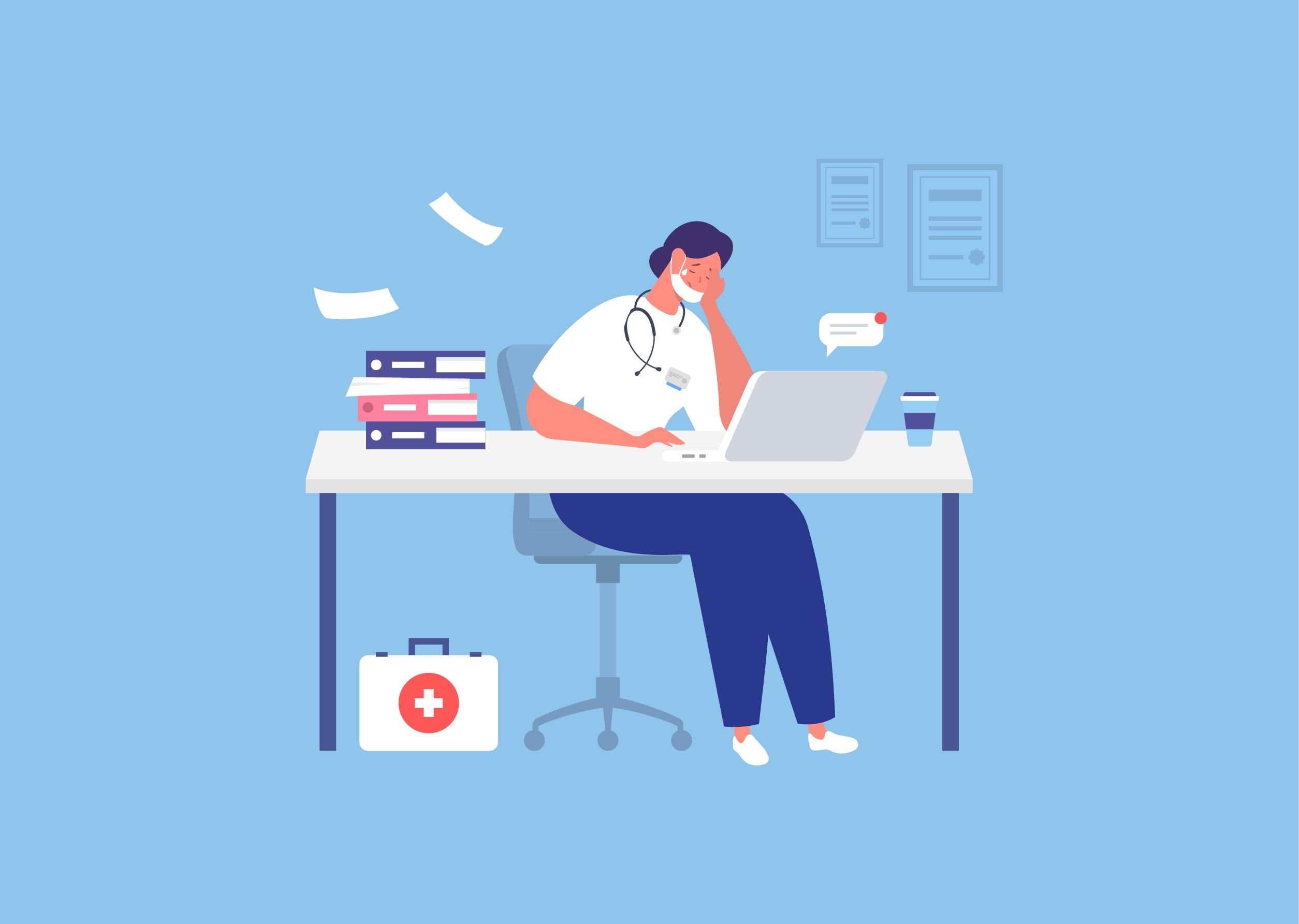Article
Doctoring to the No-Shows
Author(s):
A dually trained family physician and psychiatrist wonders about his own relief when a patient misses his third clinic visit in a row.
A patient no-shows. Gut reaction? Relief. A chance to catch a break from the stress, from the responsibility, from the weight of others’ problems. From being constantly behind by 5 minutes – 10 minutes – 20 minutes. To get back on track with clinic. To reward those who showed up on time by being on time for them. To even get ahead, catch up on some labs and prescription refills and prior notes to help get out earlier to be home to care for the kids so the wife can make it to her meetings, appointments.
It’s one less note at the end of the day. One less worry about what to do when this patient is not feeling better, not fixed, and looking to me to make it right. Paying me to make it right. It’s not my fault if they don’t care to come into clinic for their appointments. How can I help someone I don’t even see?
Meanwhile, at home sits Mr M. Or, there's Mrs P, out on the streets or in her car or at work. And we all revel in the relief of foregone responsibility. The medical assistants even seem to take a certain pride in announcing a no-show, putting “NS” next to the name in red ink, the clinic version of the scarlet letter(s). Concerned comments bubble up: “We haven’t seen her for a while” or “I think this is his third no-show . . .” The genuine sentiments are instantly awash in the chaos of walk-ins and vitals. In fact, we’ve planned it this way. Like an overbooked plane flight, each clinic counts on no-shows-anticipates them-and then scrambles on the rare occasion that people do show up at the proper time, with their proper ticket. It’s a wonder people show up at all.
In response to a constant tide of no-shows, one of the administrators from clinic drew up a list of patients who hadn’t been seen for over 6 months. The list was not short. Is the clinic still responsible for them? Should we discharge them? The knee-jerk thoughts: “We’re still sending out those appointment reminders, right?”
How many of them had an ER visit between when they were last seen in the clinic and now? How many were dead? Looking over the list, I’m sure there are some whom I’ve had deep encounters with-sharing fiercely intimate feelings and insecurities in quick snapshots of time that then are lost. Did I miss a chance to engage them better? To listen more? Or, perhaps it’s not me (us) the clinic . . . Maybe it was the patient’s transportation. Maybe they’re embarrassed. Maybe they had something else more pressing. Maybe they completely forgot. Maybe they were in the ER.
Either way, Mr M is a walking time-bomb of medical calamity. It’s the patients we don’t see, who don’t return, that have the high blood pressures and the untreated cholesterol values and the high A1Cs. These are the ones who are depressed, who are stressed, and who comprise our deplorable health outcomes as a country. Their use of the healthcare system is fragmented, inconsistent and expensive. They have little support. They don’t like doctors. Or, they can’t afford it.
One of my attractions to family medicine was the notion of "caring for a community" that is embedded within the identity (and name) of many family medicine departments. Somehow, family physicians were responsible for the health and well-being of a community, not just its individuals. More than other medical specialties, these physicians recognized that societal structures were equal to LDL levels and antihypertensives as important determinants of health.
But where was the community in my practice today? Four of them weren’t in my clinic.
I’ve discovered that perhaps the best measure of how well we’re caring for a population of patients-how effective our system is, and I am, at delivering community medicine-is the answer to one simple gut-wrenching question: “How relieved am I with a no-show?”
Note: This article was originally posted on the primary care website, ConsultantLive, on October 3, 2013. For the link, please click here.
Disclosures:
Dr Vanderlip is a dually trained family physician and psychiatrist. He is active in national health system redesign efforts with a particular interest in newer models of the medical home. He practices family medicine in a hybrid primary care clinic within a mental health center in Seattle.





